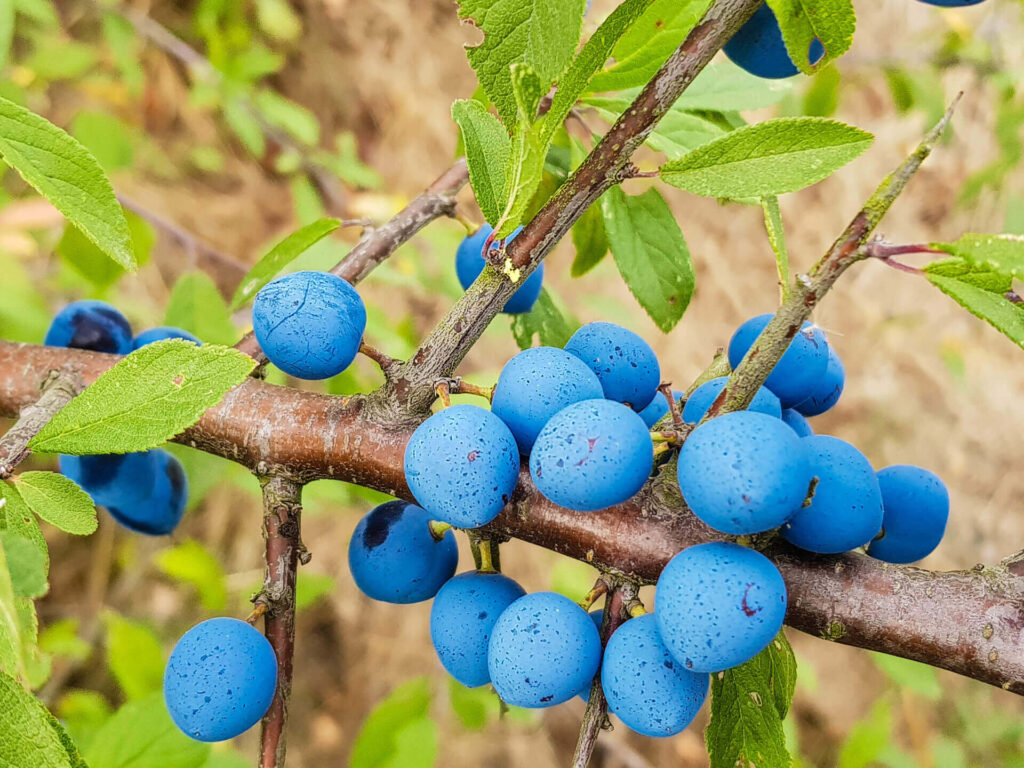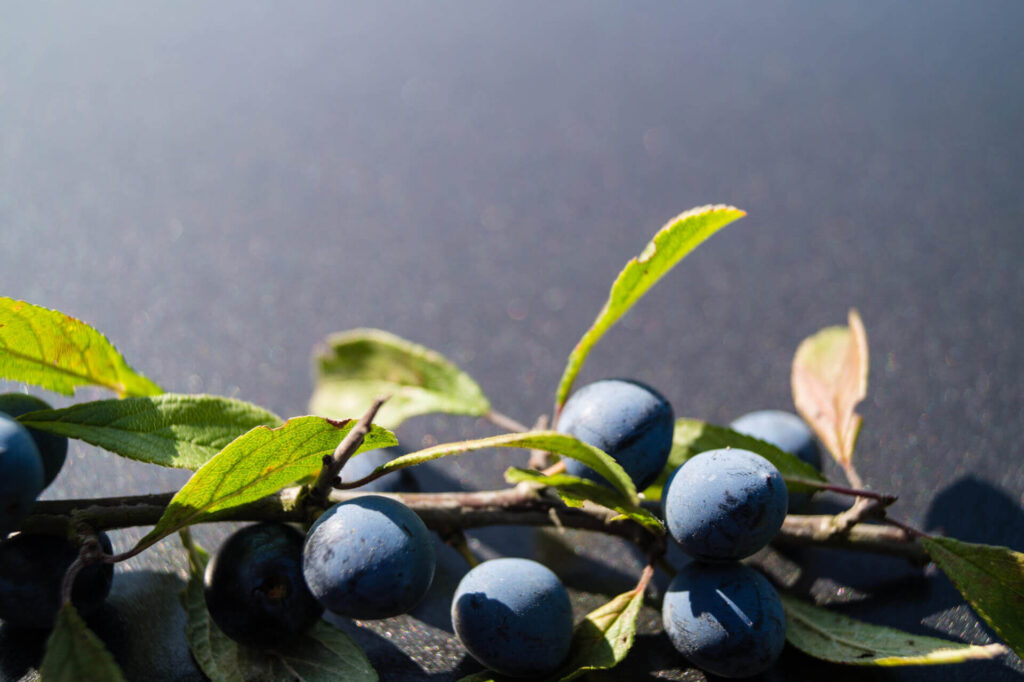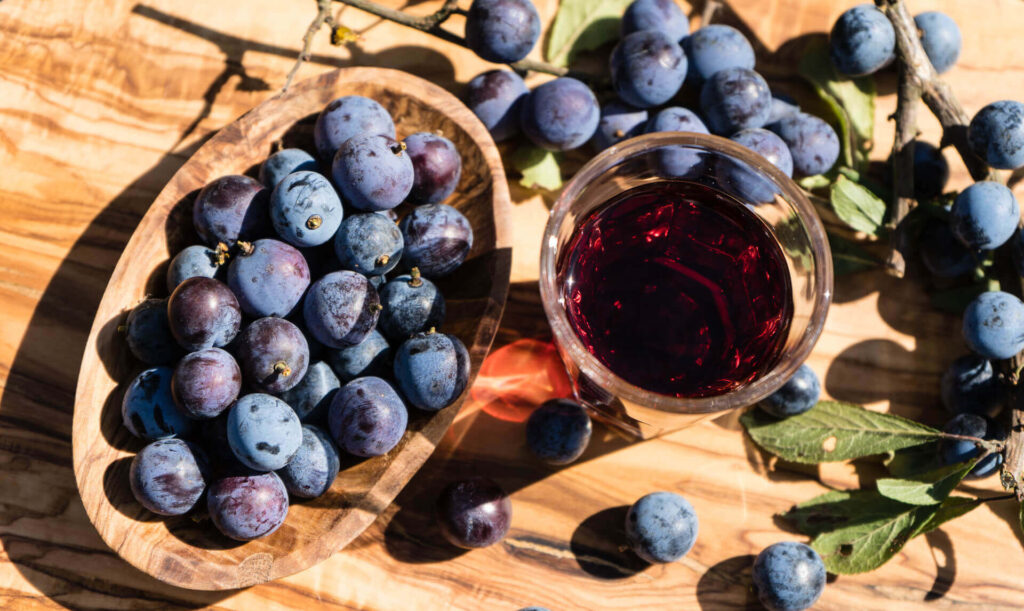Blueberries are rich in vitamins, nutrients, fiber, and antioxidants and a delight to our taste buds along with being a pretty show for our gardens. And that is why every other person wants to know how to grow blueberries.
Growing blueberries is an effortless affair in the correct soil state. Usually, blueberry flowers blossom during May or June and bear their fruits in July or August. But the season of blueberries may differ as per the different variety of blueberries.
So read on our guide to learn why you should grow blueberries, how to grow, care for, prune, and harvest this amazing fruit.
History of blueberries:
Blueberries are native to America. Before 1900, they were only found in the wild. But in the 20th century, scientists carried out a lot of research on cultivating blueberries.
Blueberries don’t just satisfy your tastebuds, they contain amazing nutrients and are considered superfoods.
Blueberry varieties:
Before learning how to grow blueberries, let’s find out how many types of blueberries are there.
There are mainly four different varieties of blueberries, namely- Highbush or Vaccinium Corymbosum, Lowbush or Vaccinium Angustifolium, Hybrid Half-High, and Rabbiteye or Vaccinium virgatum.
Among these, highbush blueberries are planted most frequently. They can be as tall as 8 feet at maturity and are usually grown in 4-8 USDA Hardiness Zones since these zones are not very cold and the long stems of highbush blueberries do not break off due to heavy snow.

The highbush blueberries are further classified into northern highbush and southern highbush. Northern highbush only require chilling hours of around 800-1000 hours, whereas the southern high requires chilling hours of 150-1800 hours.
These chilling hours denote the total hours required by any variety of blueberry bushes to produce fruits and flowers between the temperature of 32° and 45°F in the winter season.
On the other hand, low bush blueberries are only of the height of 2 feet and require a cold climate to cultivate. They are happy to grow in 2-7 USDA Hardiness Zones and require more than 800 chilling hours.
The Rabbiteye or Vaccinium Virgacany grow as tall as 20 feet and are most suitably cultivated in 7-9 USDA Hardiness Zones and require chilling hours of around 300-700 hours.
These are intolerant of huge amounts of water unlike the other variety and usually enjoy dry weather conditions. This is the reason why rabbiteye blueberries bear fruits usually a month later than that of highbush and lowbush blueberries.
The fourth type of blueberries or the Half-High blueberry bushes most comfortably cultivate in zones 3-7 and require something around 800 chilling hours.
Once we understand when and how these different kinds of blueberries are planted and harvested, we can easily figure out how to grow blueberries in different conditions and of different varieties.
How to plant, propagate and grow Blueberries:
Planting and propagation can be done through various modes starting from seeds, bare roots, transplants, and cuttings. But the key to propagation is to do a proper soil prep before using any of these modes.

If you begin with seeds, it will be the most challenging mode since it will have the maximum time to harvest as compared to all the other modes. The seeds can be either bought or extracted from the blueberries.
Seeds can be extracted from berries through a blender and planted in a container with moistened peat moss. It can take about 1-3 months to germinate after which they can be planted in the soil.
Blueberries can also be propagated well through cutting about six inches of pencil-thick wood from a one-year-old plant during the later winters.
These cuttings can be placed in containers with equal amounts of peat moss, soil, and sand. They take longer than the transplant method to harvest but are quicker than starting with seeds.
The method of using bare roots of berries to propagate is cheaper as compared to transplanting but also requires a little extra prep for propagation. Regular spraying of water is necessary before the roots are planted so that their natural growing method is not disrupted.
The quickest way to propagate and harvest berries is by using the method of transplanting in which one can buy a blueberry transplant of a 1-3-year-old plant and plant them into the soil by spreading their roots out.
To properly grow blueberry bush, some prep is a must. They should be planted in the spring season or late fall with an abundant amount of sun which limits harsh and dry winds.
Planting blueberries close to big trees may result in loss of moisture from the soil and may also block the sunlight on blueberries. They should be planted in patches to enhance the quality and production of berries.
Blueberries bloom the best in acidic soil with a pH between 4.0 to 6.0. Some granulated sulfur can be used to acidify the soil numerous months ahead of planting.
The soil must be able to hold the moisture for the roots but also drain out the water easily and not be clayey. Fertilizers should be applied after at least one month of planting.
Blueberries can also be grown in a container with proper care and by prepping the soil accordingly.
Care, Pruning, and Maintenance of Blueberries:
Without proper care, blueberries may not give us the results that we want. So, it is necessary to water the berries in such a manner that they have 1-2 inches of water each week. Fertilizers should be used to enhance growth.
It is recommended to not let the plant bear fruits in the first year so that they can restore that energy to establish itself properly. It is also very important to protect the berries from birds with the help of nets around the plant.
Pruning and maintenance of berries are also very important to produce better quality berries and enhance growth. It is important to cut off dead, weak, broken, or old shoots to give a better amount of resources to new and strong shoots.
It should also be kept in mind that pruning is required only after the first 4 years of planting the berries.
Pests and disease management:
Along with pests and insects, berries are a delicacy for birds and deer as well. So, using bird netting is very important as hungry birds can consume berries more than we can think of.
Similar is the case with deer as they love to chomp on the fruits and plants just as much as birds. To keep them away, fencing can be done around the bushes.
Insects are also one of the troublemakers. Some of such insect pests are blueberry maggots which lay eggs on the berries. They can be controlled through prompt harvesting or using red sticky ball traps.
Another few of these pests are Japanese beetles which eat the leaves of the berries and yellow-necked caterpillars.
Powdery mildew is one of the most common fungal diseases in blueberries. They diminish the quality and quantity of the flowers and fruits of the plant.
Harvesting and Preserving:
The blueberries are ready to harvest when they are fully ripe between June and August. Usually, the 2 to 3 years old blueberries start giving a good harvest but it is only after 6 to 7 years after the plant is mature, that they reach the point of full production.

Different varieties of berries harvest at different times based on the climatic conditions they grow in. It is also noticeable that all of the berries in a patch may not ripen at once.
So, it is important to make sure the unripe berries are not plucked out. The hand-plucked fruits should be placed carefully in baskets to get them cooled to increase their shelf life.
The blueberries can be preserved for as long as 6 months by freezing them for a few hours and then packing them into sealed bags.
The best time to eat the berries is around 3 to 5 days after plucking but they can also be eaten in different forms by freezing and storing them for later.
Conclusion
To completely understand how to grow blueberries, it is important to keep the above-mentioned tips and tricks in mind along with an abundant amount of patience because blueberries bear the sweetest fruits of patience.
Related Articles You May Like:
Growing Gooseberries: Know How to Plant and Prune the Savoring Fruit






